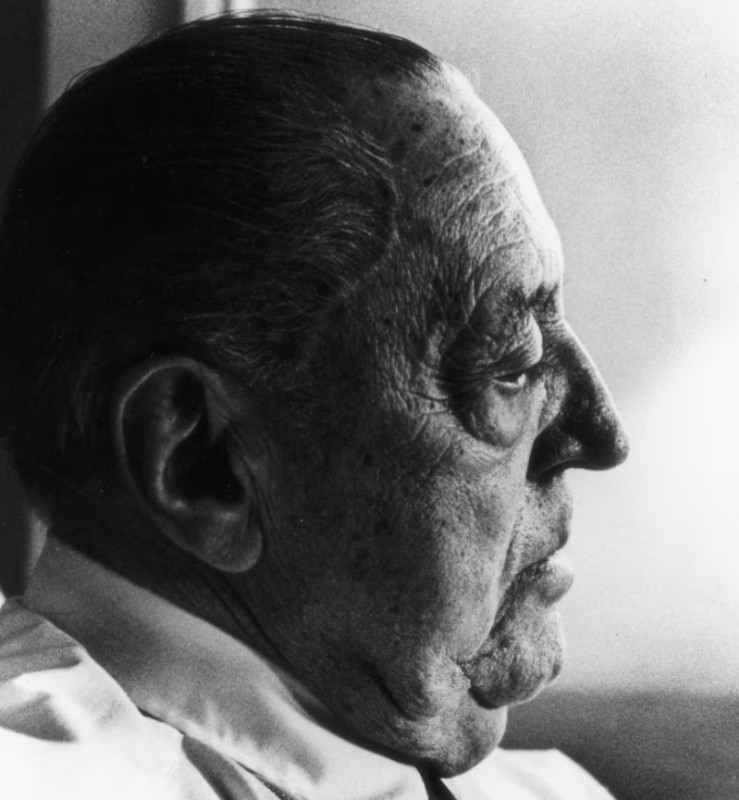A history of architecture could be written solely starting from buildings that never left the “paper world”, remaining in the virtual dimension of representation.
Some modern masters, from Le Corbusier to Mies van der Rohe and Frank Lloyd Wright, have revealed the most significant aspects of their philosophies through unbuilt architecture, translating artistic movements into executed artifacts, challenging the possibilities of rapidly advancing technology, and reinterpreting contextual elements in new architectural forms.

Other architectural projects, while never convincing competition juries, have nonetheless shaped recent history by anticipating contemporary themes and inspiring designers. Think of Adolf Loos’s striking proposal for the Chicago Tribune building, the Golden Lane complex by Peter and Alison Smithson, Rem Koolhaas’s version of Parc de la Villette in Paris, or Daniel Libeskind's original proposal for Potsdamer Platz after the fall of the Berlin Wall.

Some projects ended to nothing when the promoters changed their minds or circumstances became too complex for the project to adapt. Among these are Giovanni Antonio Antolini’s monumental Foro Bonaparte for Milan, Antoni Gaudí’s vision for a skyscraper in Manhattan, and Peter Zumthor’s Topography of Terror documentation center, which reached an advanced stage of construction before being unexpectedly demolished.
These architectures-in-power never confronted reality, but they expressed elements that provide deeper understanding. They articulate theoretical positions, offer space for otherwise unplaceable provocations, and open up design challenges previously unexplored. They witness the active testimony of a thought process: we’ve selected 10 such projects, whose (still) unbuilt allure continues to captivate architects to this day.

Sahil: G.T.DESIGN's Eco-conscious Design
At Milan Design Week 2025, G.T.DESIGN will showcase Sahil, a jute rug collection by Deanna Comellini. This project masterfully blends sustainability, artisanal craftsmanship, and essential design, drawing inspiration from nomadic cultures and celebrating the inherent beauty of natural materials.













